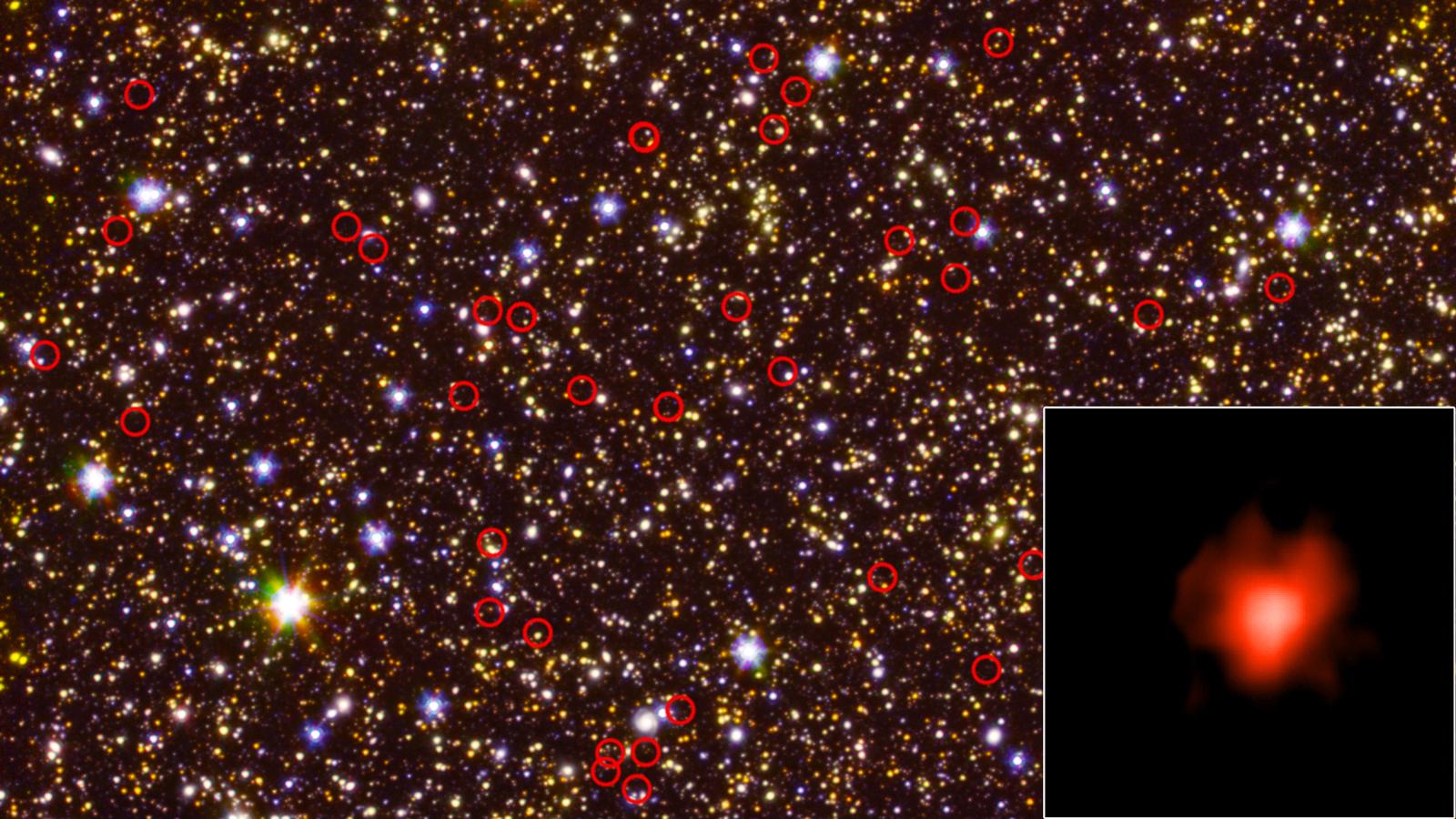Scientists at NASA used the Spitzer Space Telescope to observe the universe’s first galaxies, discovering that the illumination coming from them is much brighter than it was previously predicted. Observations of the first galaxies in the universe give important insight into the early universe expansion, as well as how those galaxies formed following the Big Bang event.
The study published in the Monthly Notices of the Royal Astronomical Society shows how the earliest galaxies formed, and how they were much brighter than galaxies today. The brightness of the universe’s first galaxies is associated with certain wavelengths of infrared light and was characteristic for many galaxies in the early stage of the universe’s existence, likely only 1 billion years after the Big Bang, which in astronomical terms is not a lot.
“We did not expect that Spitzer, with a mirror no larger than a Hula-Hoop, would be capable of seeing galaxies so close to the dawn of time,” Michael Werner, Spitzer’s project scientist at NASA’s Jet Propulsion Laboratory in Pasadena, California, said in a statement. “But nature is full of surprises, and the unexpected brightness of these early galaxies, together with Spitzer’s superb performance, puts them within range of our small but powerful observatory.”
This study also focuses on the period of transition in the early universe, which researchers often refer to as the Epoch of Reionization, suggesting that the brightness of the early galaxies can explain a lot about the period.
The Epoch of Reionization was a period in which intergalactic medium, a substance that covers the universe, began to form into light sources such as stars, galaxies and quasars. Before this event took place, it wasn’t easy for light to travel through space, as it was blocked by huge amounts of hydrogen that existed there.
Based on the data from the Spitzer Space Telescope, this epoch occurred 100 million to 200 million years following the Big Bang, but researchers still can’t figure out what caused the birth of the earliest stars in the universe and formation of the universe’s first galaxies. They believe that the hydrogen gas that created the intergalactic medium coalesced into stars which clustered, forming galaxies. Researchers call this event reionization, because electrons split from the respective hydrogen atoms, forming hydrogen ions.
“These results by Spitzer are certainly another step in solving the mystery of cosmic reionization,” Pascal Oesch, an assistant professor at the University of Geneva and a co-author of the study, said in the same statement. “We now know that the physical conditions in these early galaxies were very different than in typical galaxies today. It will be the job of the James Webb Space Telescope to work out the detailed reasons why.”





